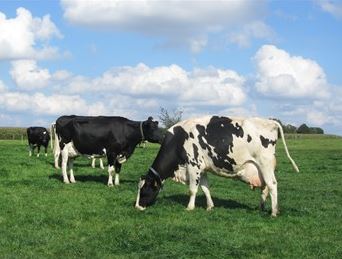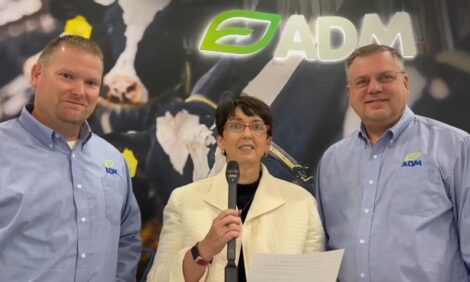



How to Choose the Right Grass When Reseeding Grass Leys
Choosing the best grass when reseeding meadows and pastures is a major decision and requires close consideration of the job in hand too see a return on investment.Part of the mindset needed to attain the right grass cover is to set physical expectations for each field or paddock in terms of productivity, suggests Rod Bonshor of Oliver Seeds.
In the Grass value study of 12 Welsh farms between 2011 and 2013, the top 10 per cent of the non-organic paddocks grew 15.2t DM/ha of grass a year, while the lowest performing grew less than half, 6.9t DM/ha, he told technical specialists at DairyCo. Even within a farm, yields can vary dramatically from field to field, depending on sward age, soil conditions and management.
*
"Always make sure that varieties included in the mixture appear on the Recommended Grass and Clover List"
In light of recent market volatility, Oliver Seeds has suggested good grazing as a way to reduce feed buying.
But, as a ley gets older, production usually falls, as the sown species’ are replaced by invasive weeds and native grasses. Therefore, it is important to prioritise those fields which have more than 50 per cent non-sown species.
Higher energy and yields, plus a better fibre digestibility of younger, modern grass varieties, have prompted many dairy farmers to move to shorter-term leys which can deliver more milk per hectare.
When selecting a new grass mixture, always make sure that varieties included in the mixture appear on the Recommended Grass and Clover List. These have been through many years of breeder trailing, as well as independent testing to make sure they are suited to UK conditions.
There is also a move away from ‘dual-purpose’ leys. Does the paddock need to present animals with an attractive, palatable sward that is easy to bite and chew – or produce high tonnages of young leafy material that will turn into high-quality conserved forage? Different types of grass will be better for one or other of these situations.

Grasses are classified according to heading date – the day when 50 per cent of the ears in fertile tillers have emerged. Early varieties reaching this stage in the first two weeks of May are generally good for making silage. Grasses that head a month later are better for grazing.
There are also diploid and tetraploid varieties. This relates to the number of chromosomes in their cells – tetraploids have twice the number that diploid varieties have. This makes their cells bigger and means they have larger seeds and leaves and they establish quickly. They are particularly useful for overseeding, as they are better able to compete with established grasses.
For Silage
Cutting leys should be a mixture of vigorous, upright grasses that exhibit rapid regrowth after defoliation such as Italian and hybrid ryegrasses.
For Grazing
The aim for fields that will mainly be grazed is to maintain a dense sward, especially on difficult land that may have heavy soil, prone to poaching.
Late heading perennial ryegrasses with large leaf area and prostrate growth, are ideal. Look for those that have the greatest resistance to the two main fungal diseases, dreschlera and crown rust, which can decimate swards later in the season.


